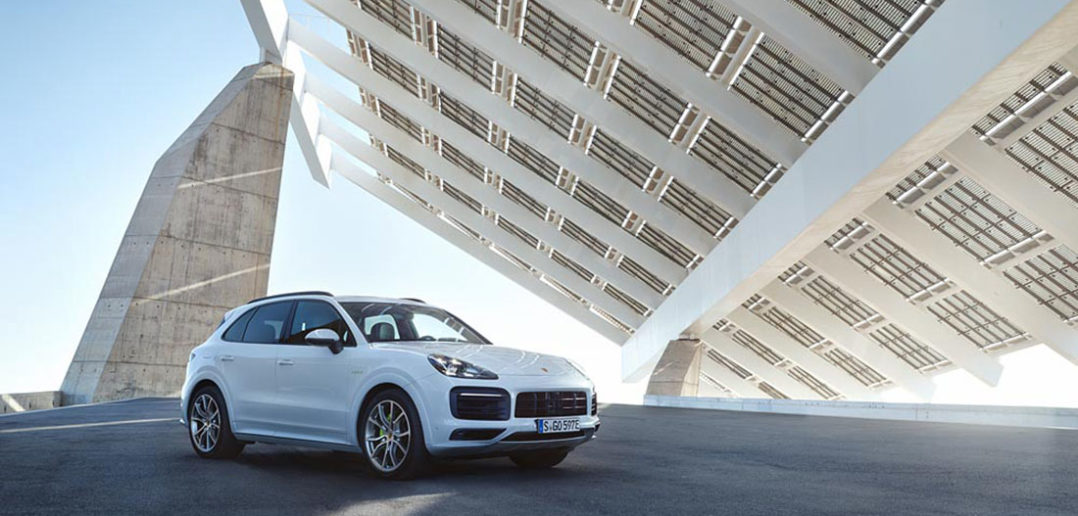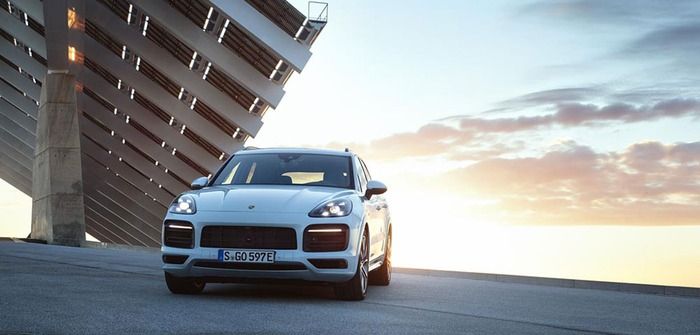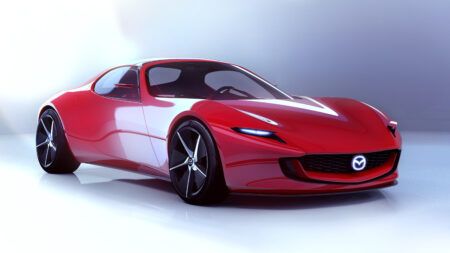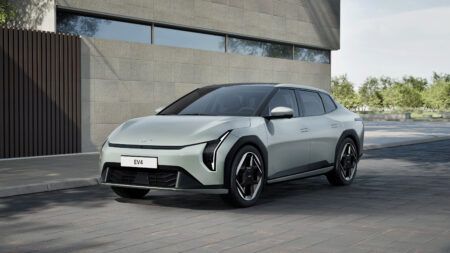The 2019 Porsche Cayenne E-Hybrid features the third new hybrid powertrain from Porsche since 2017 – and completely reengineered powertrain componentry in comparison to the previous generation Cayenne S E-Hybrid.
The new E-Hybrid uses the same 3-liter mono-turbo V6 engine as the regular Cayenne, but integration of the electric motor system increases horsepower and torque – the E-Hybrid produces 461ps and 699Nm.
The new Cayenne uses the same hybrid boost tech as the 918 Spyder super sports car, combining instant torque from the e-motor with the turbocharged petrol V6.
The plug-in hybrid’s total system power (340ps from the ICE and 136ps from the electric motor) gives the E-Hybrid a 0-97km/h time of 4.7 seconds (0.7 seconds less than the Cayenne S E-Hybrid) and a top speed of 253km/h.

The hybrid module is positioned between the ICE and the 8-speed Tiptronic S transmission, and consists of the e-motor and a separating clutch, which is operated electromechanically for improved reaction times.
Power is stored in a 14.1kWh battery pack, located in the rear of the chassis beneath the load floor. The vehicle has a top EV speed of 134km/h and a range of up to 44km on the NEDC.
The liquid-cooled battery consists of eight modules, each with 13 prismatic Li-ion cells. The battery packaging is the same size as in the previous Cayenne hybrid, but benefits from increased energy density. A 230V, 32A connection (used with the optional 7.2kW onboard charger) can replenish the battery in 2.3 hours. A 230V connection with 10A and standard 3.6kW onboard charger will fully charge a depleted battery in 7.8 hours.





